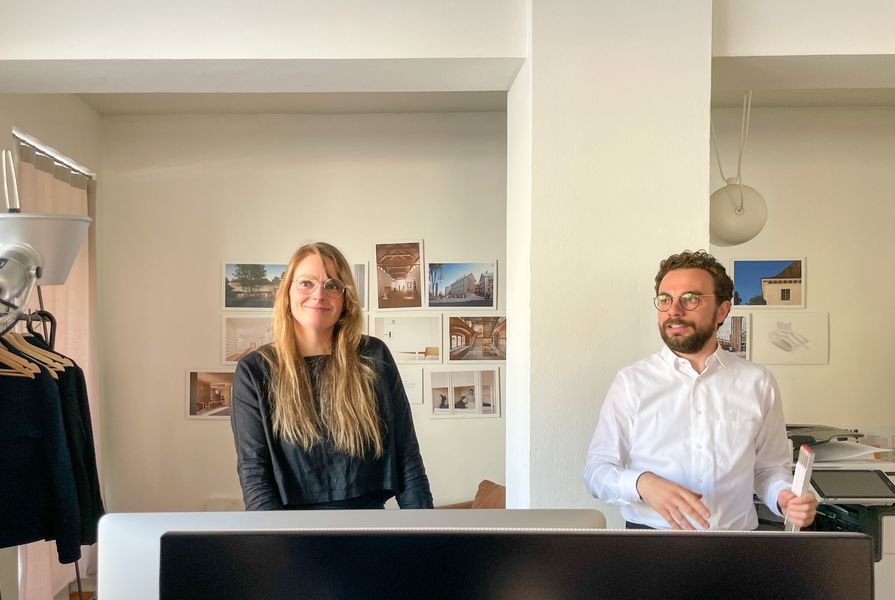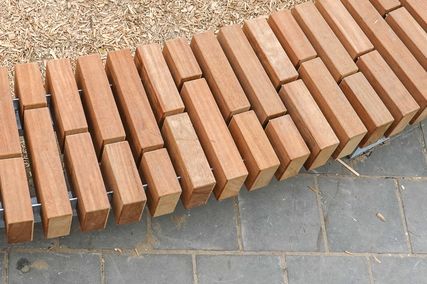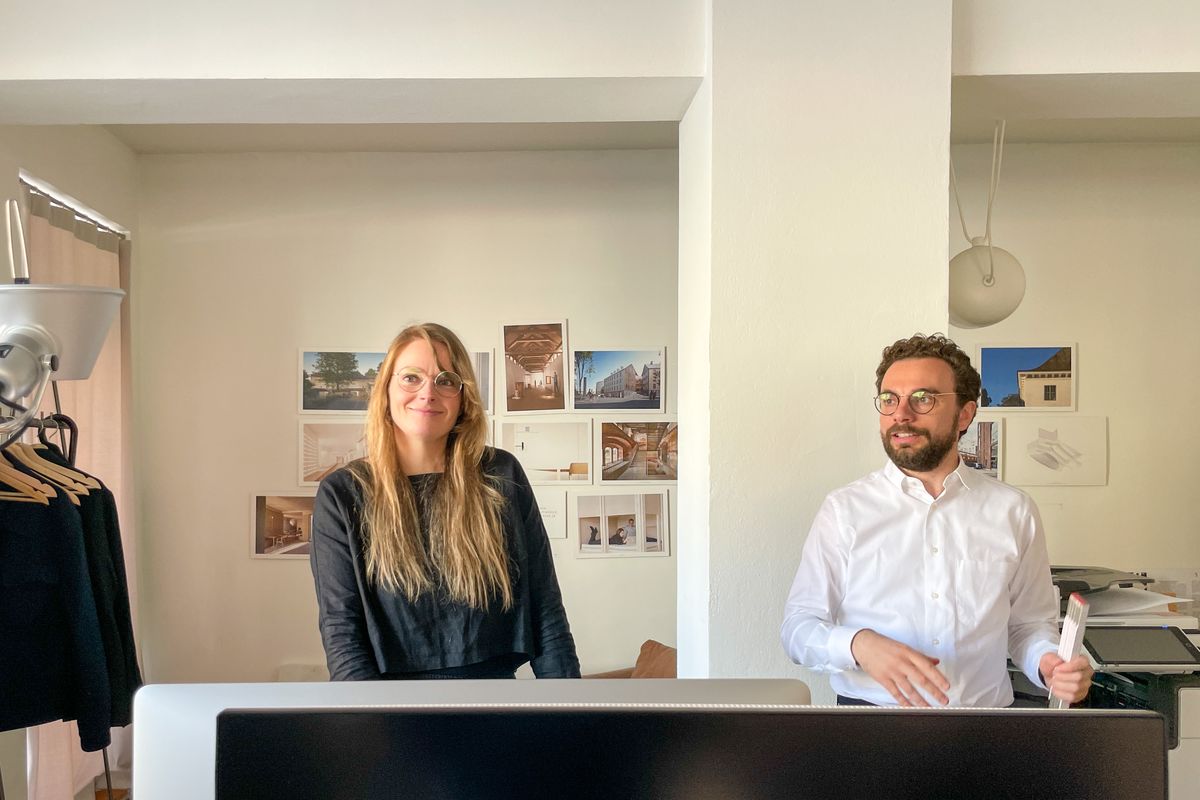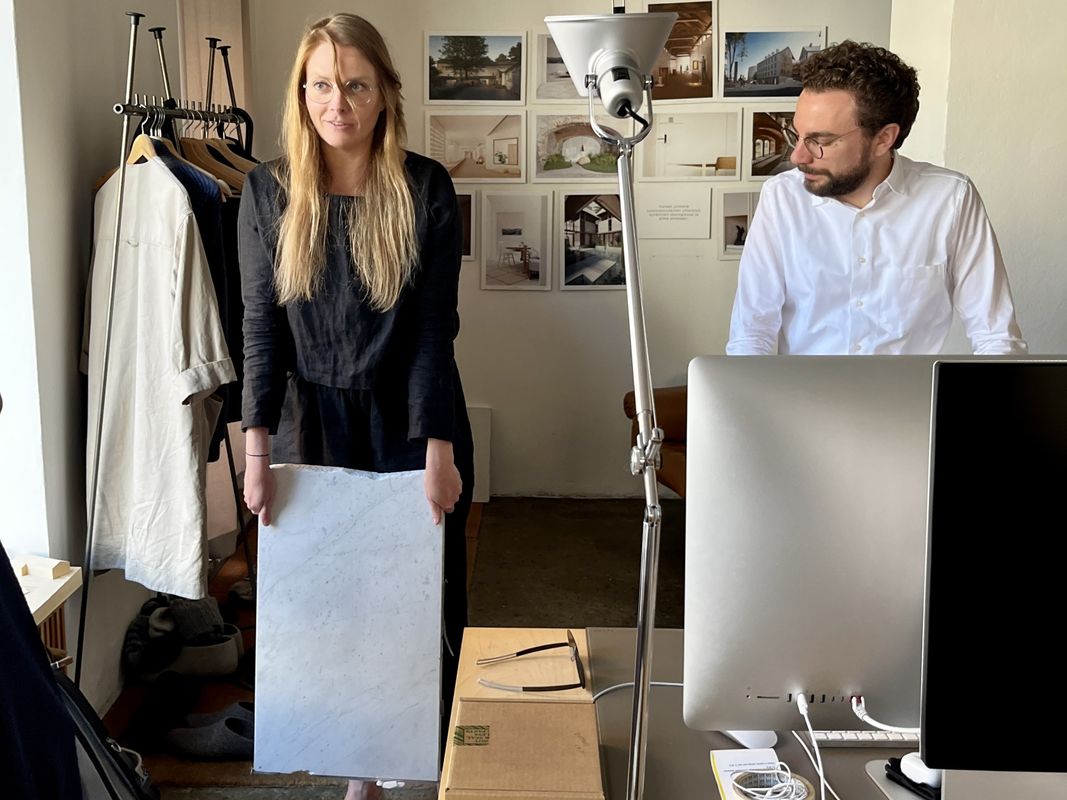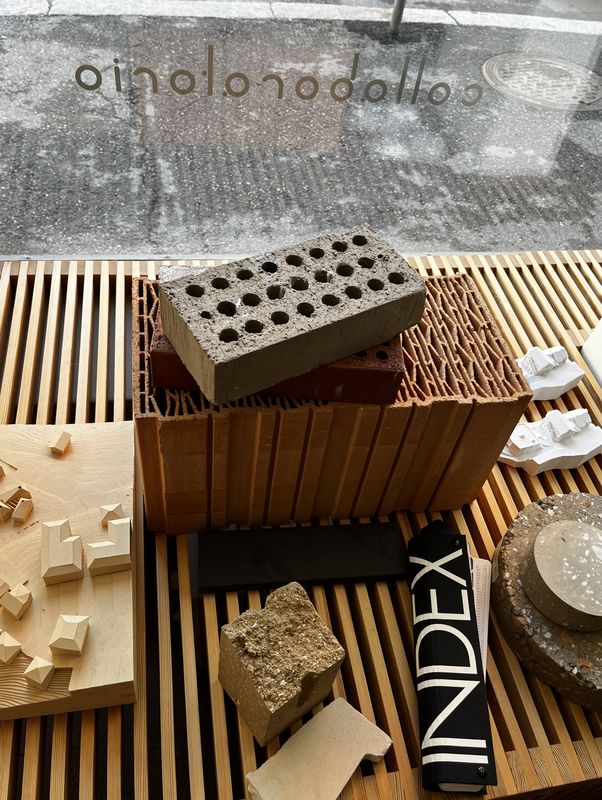When searching for practices to visit on the 2023 Australian Institute of Architects’ Dulux Study Tour, a quote on a young Finnish practice’s website caught my eye: “Everything depends on us as humans, our values and attitudes.” What a statement, I thought. But was it just another lofty aspiration from a new trendy architecture studio? Another line also catches my eye: “Our aim is to renew the building culture and simplify the overly complicated processes of the present building world.”
Now I’m hooked.
Collaboratorio was founded in 2016 by Finnish architect Kristiina Kuusiluoma and Italian architect Martino De Rossi. They have a single-room, light-filled corner shop office in Helsinki and they welcome us warmly with enthusiastic smiles, eager to share their knowledge. I’m here for it, and I want to know more about saving the world by simplifying building processes, because my experience in Australia is that better outcomes usually require more complex processes and construction, and often more red tape.
Realizing that Collaboratorio are the real deal, our ears prick with interest as we launch into questions about why their office floor seems a bit different and what the myriad of masonry samples are on their shelves.
Collaboratorio’s extruded block forms, designed to be used as a singular wall system that is both weatherproof and breathable.
Image: Sarah Lebner
They’ve been extensively experimenting with clay-based earth-mix construction. Now, earth building is nothing new, (in fact, it’s very old), but I know our experience in Australia is that the cement content required in rammed earth or the firing requirements for clay bricks takes the shine off the low-impact dream that many hope earth products will be. I ask Kristiina about this and her eyes light up as she excitedly explains that this is usually the case in Finland also, but Collaboratorio have been experimenting with air-dried and cement-free mixes. She points to the office floor and explains that it’s simply a pure rammed earth mix, collected as waste from building sites and air-dried. “You could dig it up and take it with you when you move,” she half-jokes.
As for the beautiful, exposed-aggregate masonry samples on the shelves, Kristiina shows us how they are crushing up the marble slabs removed from the facades of Alvar Aalto’s Finlandia Hall (currently undergoing renovation) and using it as an upcycled waste aggregate. There are even extruded block forms, designed to be used as a singular wall system that is both weatherproof and breathable. Collaboratorio are testing the latter on an experimental project with the support of the Finland’s Ministry of Environment. That’s quite a leap from DIY-ing your own office floor.
Kristiina Kuusiluoma showing the 2023 Dulux Study Tour group a piece of the marble removed from Alvar Aalto’s Finlandia Hall.
Image: Sarah Lebner
Next question. How on earth are they getting engineering and technical construction approval? It seems that Collaboratorio have a spirit of asking questions that no one else can be bothered to ask. Herein lies the very reason they started their own practice. As young architects, the pair “realized nobody really gives a f#$k,” as Kristiina says, and that they could be their own small pioneering machine that was brave and “willing to experiment”. When many of us might toss the idea into the too-hard basket, Kristiina and Martino will find engineers willing to test their ideas and seek research funding to help them do it.
As we stand in awe of their “have a go” attitude, we can’t help but question the business realities of being a start-up while also investing heavily in experimental practice. Kristiina admits that “the early pioneer rarely profits,” which is the depressing reality we all expect to hear, but she goes on to explain that they purposefully aim to be small so that they can be pioneering and still run a business that works. In order to make a pioneering business work, Kristiina says you have to “make the right clients and make the right manufacturers.” This is when the penny drops. Collaboratorio don’t see themselves in the traditional role of architects. They’re also entrepreneurs, business people, inventors and innovators. They understand how change happens and they are building their business as a machine for making it happen. Genius.
Collaboratorio uses the marble from Alvar Aalto’s Finlandia Hall as waste aggregate in their clay-based masonry.
Image: Sarah Lebner
I wonder if there are cultural differences at play here. As Australians, we often look to Scandinavia as inherently progressive and stylish. Questioning Martino on this, for his perspective as an Italian architect, is fascinating. He explains that compared to Italy, where the same culture and built fabric have persisted over a significant timeframe, Finnish people feel very young. They’ve faced several waves of political and national reinvention and so they’re up for a discussion about what their identity – and “what is good” – should be. Whereas in Italy, there’s a heavy status quo that you are always fighting. Kristiina adds that there’s a historical tradition in Finland that “every man must build his own house”. Even now many people build their own summer house. In this light, I feel Australia perhaps shares some similarities with Finland. We, too, have a prevalent DIY culture, and a political history that constantly questions our identity (though for different reasons.)
It leads me to ask, what can we learn from this young practice on the other side of the world? I think we can feel encouraged to play with “simplifying” and to remember that the status quo is where we usually arrive at by accident – we have the opportunity to take purposeful actions. We should remember that the existing rules and systems can be challenged, worked around, and changed. Above all, we should remember that the excuses we give ourselves about “why we can’t” are perhaps sometimes the very reasons why we should be the change we want to see.
Sarah Lebner is one of five winners of the 2023 Australian Institute of Architects’ Dulux Study Tour, which travelled to Helsinki, Lisbon, Vals, Zürich and Venice.

